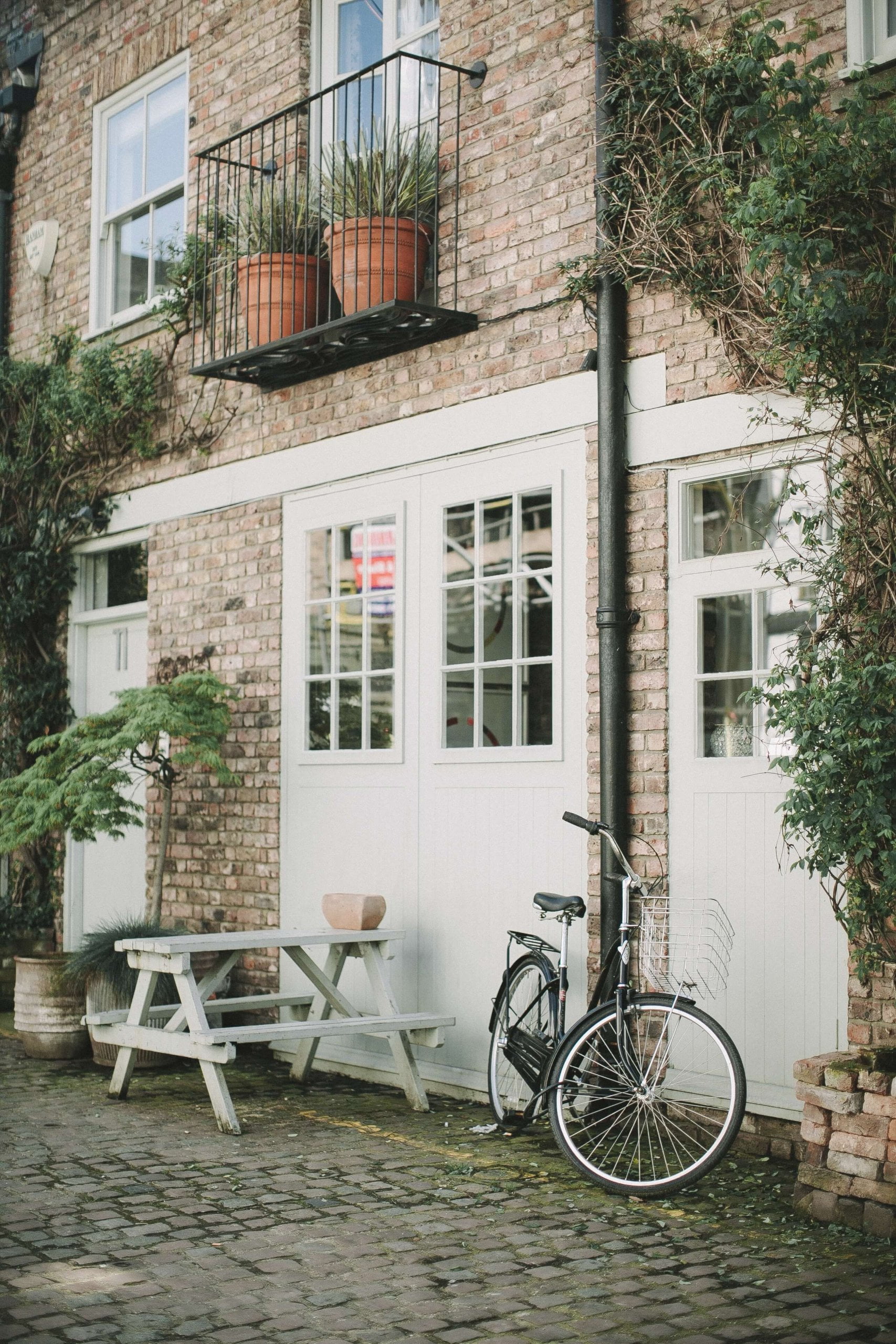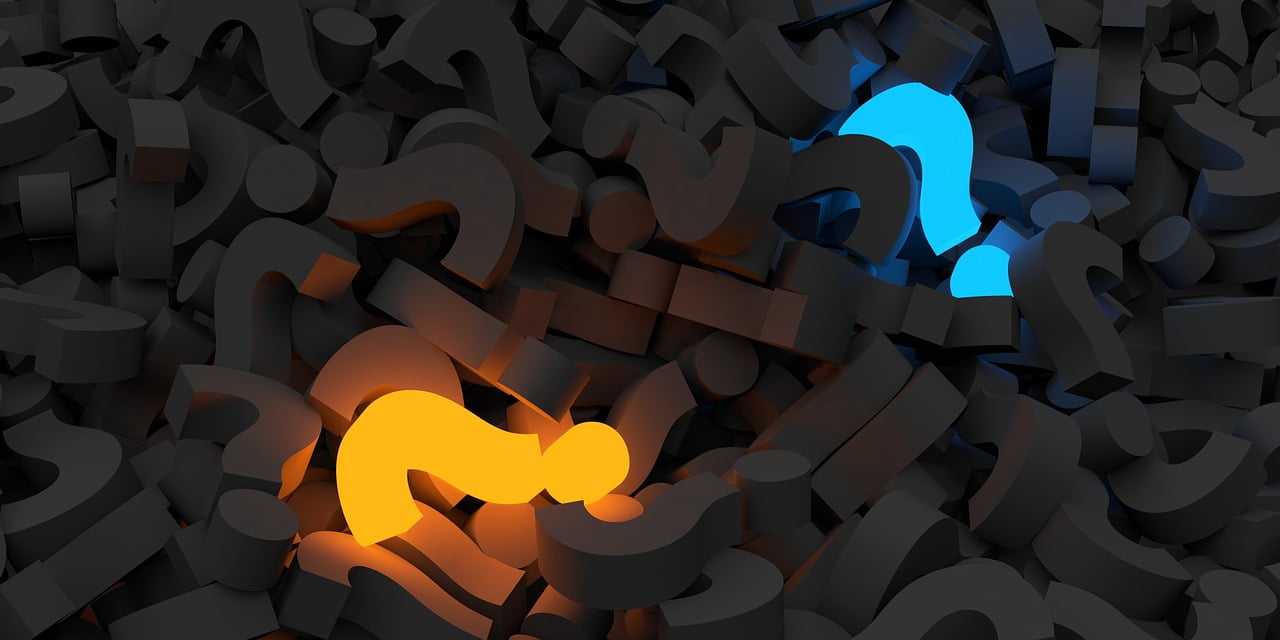
10 Things You Should Know Before You Pressure Wash Anything
Roof cleaning Tampa is important if you want your roof to last as long as possible. Pressure washing is a great way to achieve a high level of cleanliness. However, before you start pressure washing everything you own, here are ten things you should know.
-
Power Washing and Pressure Washing: What’s The Difference?
A pressure washer is a machine that uses high-pressure water to spray grime, dust, mold, and other debris loose. A power washer does the same thing, but it also uses heat to help it obtain more effective results in some cases.
-
When to Pressure Wash vs. Power Washing
A pressure washer is often recommended for large surfaces that require heavy-duty cleaning power. Pressure washers are generally not used indoors, but they work great for tile roof cleaning Tampa, and washing sidewalks, patios, and exterior building facades. Be very careful when using power washers because the added heat can damage some surfaces.
-
Different Pressure Washer Sizes

Pressure washers come in several sizes, ranging from light duty to extra-heavy or professional duty. Here’s what you should know about these different sizes and what they do.
- Light duty: These washers generally produce water pressure that’s below 2,000 PSI. They are a great choice for small needs, such as cleaning off a patio or deck.
- Medium duty: You may want to select this type of washer if you need to wash something that’s more difficult to clean. Examples include your home’s siding, fencing, or driveway. A medium-duty washer usually has a water pressure level somewhere between 2,000 and 2,800 PSI.
- Heavy duty: This might be the right choice if you’re cleaning heavily soiled concrete. Heavy-duty washers can reach pressure levels up to 3,300 PSI.
- Professional Duty: Investing in a professional-duty washer might be worth it for some people. If you have a lot of projects that require cleaning, professional duty may be the way to go. A professional-duty pressure washer can withstand many hours of work and produces water pressure levels higher than 3,300 PSI.
-
The Difference Between Professional and Residential Cleaning Solutions
Cleaning solutions for pressure washers vary significantly. Most residential cleaning soaps and solutions are sufficient for homeowners. However, if you have to tackle particularly grimy projects, you may want to invest in professional-grade cleaning solutions.
-
Gas vs. Electric Pressure Washers
Pressure washers are available in both gas and electric. Gas versions usually provide higher PSI, but electric versions may be easier to maintain. Make sure to consider the pros and cons of each option before deciding which one is the best fit for your needs.
-
Surface Type Considerations
It’s not a good idea to pressure clean all types of surfaces. In particular, you should avoid pressure washing:
- Laminar sandstone
- Stained wood
- Anything painted
-
Nozzle Types

Pressure washer nozzles are universally color-coded, which makes it easy for users to select the right color. Here’s what those nozzle colors mean.
- Black: Black is the gentlest spray nozzle available. It produces a 65-degree spray angle and works great for removing dirt.
- White: This spray nozzle is very user-friendly and produces a spray angle of 40 degrees. Use it to clean siding and windows.
- Green: This color of spray nozzle produces a spray angle of 25 degrees. It’s a great all-purpose washer nozzle.
- Yellow: A yellow-tipped nozzle creates a 15-degree spray. You can use it to clean concrete around your home.
- Red: This nozzle produces the narrowest angle and can cause a lot of damage if used incorrectly. Never use a red-tipped nozzle to clean a surface up close.
-
Safety Considerations
Pressure washing can be dangerous, which is why you should always protect yourself. Wear eye and hearing protection and never spray the stream of water toward another person.
-
How To Pressure Wash
When pressure washing, always start by testing a small corner of the surface, you plan to clean. You should also keep the spray tip at least 18 inches away from the surface to avoid damage. Start spraying the surface on a back and forth motion until you have covered the entire surface.
-
Seasonal Cleaning Considerations
You should never wash outdoors if you expect freezing weather. Pressure washing shoots water into small crevices that can expand and damage the surface if the water freezes.
Trust the Tampa Roof Cleaning Experts
If you need your roof cleaned by professionals, let Peter’s Pressure Washing take care of it for you. Contact us today to request an estimate.
10 Things You Should Know Before You Pressure Wash Anything | Peter’s Pressure Washing – Tampa, FL



